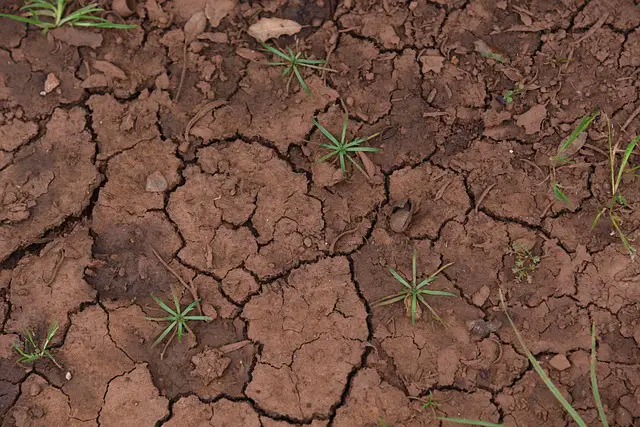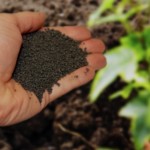When it comes to gardening, understanding the composition of your soil is crucial for the success of your plants. Clay soil is a common type found in many gardens, but a question that often arises is whether clay soil is acidic.
In this blog post, we’ll dig deep into the mysteries of clay soil, exploring its acidity and providing valuable insights for all gardening enthusiasts.
What is Clay Soil?
Clay soil is known for its fine particles and compact structure, which can hold water well but may pose challenges to plant roots due to its dense nature. Many gardeners encounter clay soil and wonder about its pH level, which brings us to the burning question: Is clay soil acidic?
Cracking the pH Code: The Acidic Truth
Contrary to popular belief, clay soil is not inherently acidic. In fact, clay soil can have varying pH levels, and it is not exclusive to acidity.
The pH scale ranges from 0 to 14, with 7 being neutral. Soils with a pH below 7 are considered acidic, while those above 7 are alkaline. Clay soil falls within this spectrum, and its pH depends on several factors, including location, climate, and organic matter content.
Factors Influencing Clay Soil pH:
- Geographical Location: The pH of clay soil can be influenced by the region in which you live. Different areas have different natural pH levels, affecting the acidity or alkalinity of the soil.
- Climate: The climate plays a role in determining the pH of clay soil. Regions with high rainfall may have more acidic soils due to leaching, while arid regions may experience alkaline soil conditions.
- Organic Matter Content: The amount of organic matter in clay soil can significantly impact its pH. Organic matter acts as a buffer, helping to regulate soil pH and providing a more favorable environment for plant growth.
Testing Your Clay Soil pH: A DIY Guide
To determine the pH of your clay soil, you can conduct a simple at-home test using a pH testing kit available at most garden centers. Follow these steps:
- Collect Soil Samples: Gather soil samples from different areas of your garden, as pH levels can vary.
- Prepare Soil for Testing: Remove any debris or rocks from the soil samples, and let them air-dry before testing.
- Follow Kit Instructions: Use the pH testing kit according to the instructions provided. This typically involves mixing the soil with a testing solution and comparing the color change to a chart.
- Interpret the Results: The color change will indicate the pH level of your soil. Take note of the results for each sample.
Balancing pH for Optimal Plant Growth:
If your clay soil tests outside the optimal pH range for your plants, there are ways to adjust it:
- Lime for Acidity: Adding lime can help raise the pH of acidic clay soil, making it more suitable for a wider range of plants.
- Sulfur for Alkalinity: To lower the pH of alkaline clay soil, consider adding elemental sulfur in recommended amounts.
Conclusion:
In conclusion, the acidity of clay soil is not set in stone. Understanding the factors influencing its pH and testing your soil can empower you to create the perfect conditions for your garden. So, get your hands dirty, test that clay soil, and let your garden thrive in the optimal pH environment it deserves!
FAQ – Frequently Asked Questions
Q: How can I test the pH of my clay soil? A: You can use a pH testing kit or send a soil sample to a lab for analysis.
Q: Can I change the pH of my clay soil? A: Yes, you can. Adding lime can make it less acidic, while sulfur can lower alkalinity.
Q: Are there plants that love acidic clay soil? A: Yes, plants like azaleas, blueberries, and rhododendrons thrive in acidic soil.
Q: What if my clay soil is neutral? A: Neutral clay soil is versatile, but some plants may prefer slightly acidic or alkaline conditions.
Q: How often should I test my soil’s pH? A: It’s a good idea to test your soil every year or two, especially if you notice changes in plant health.






